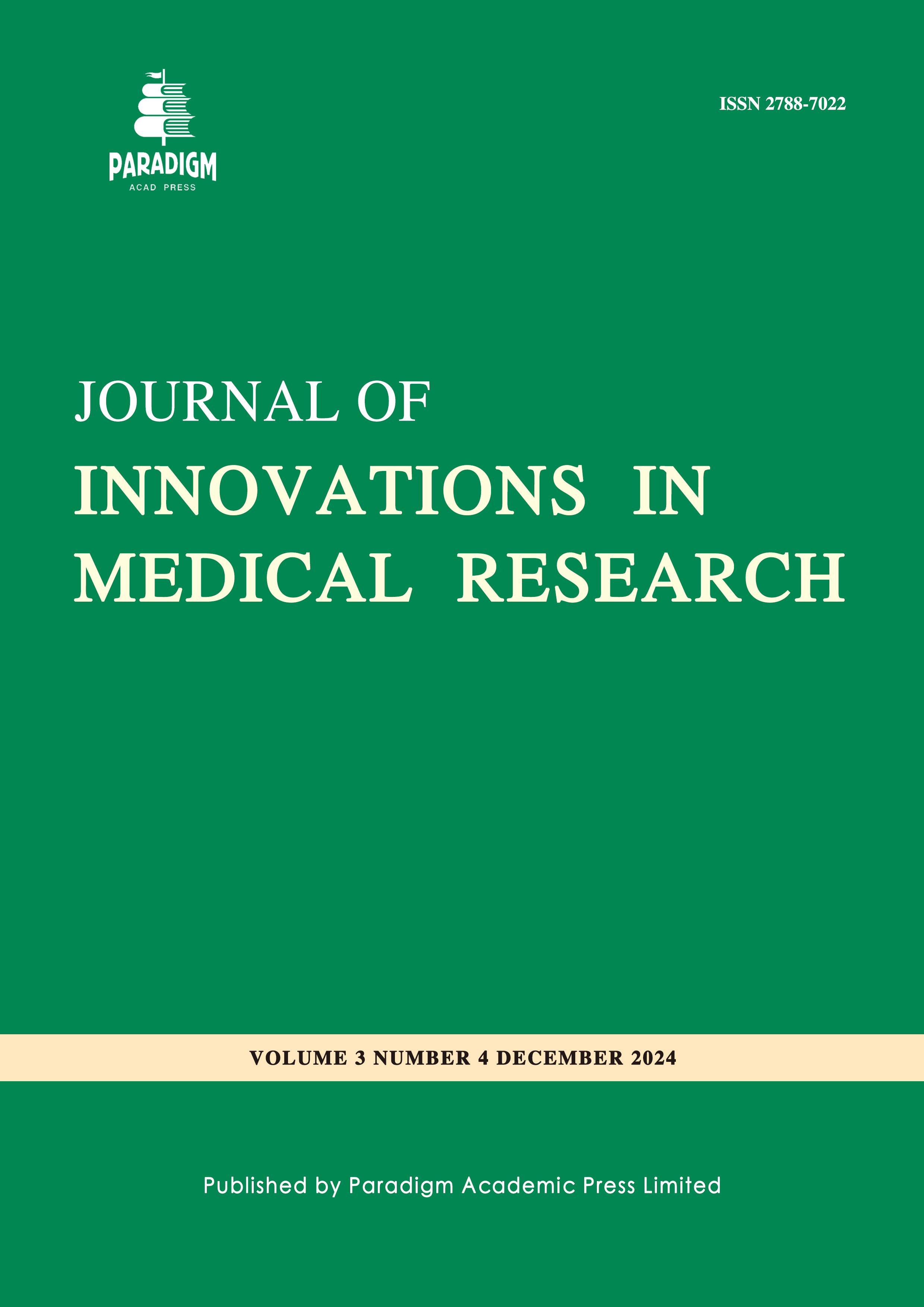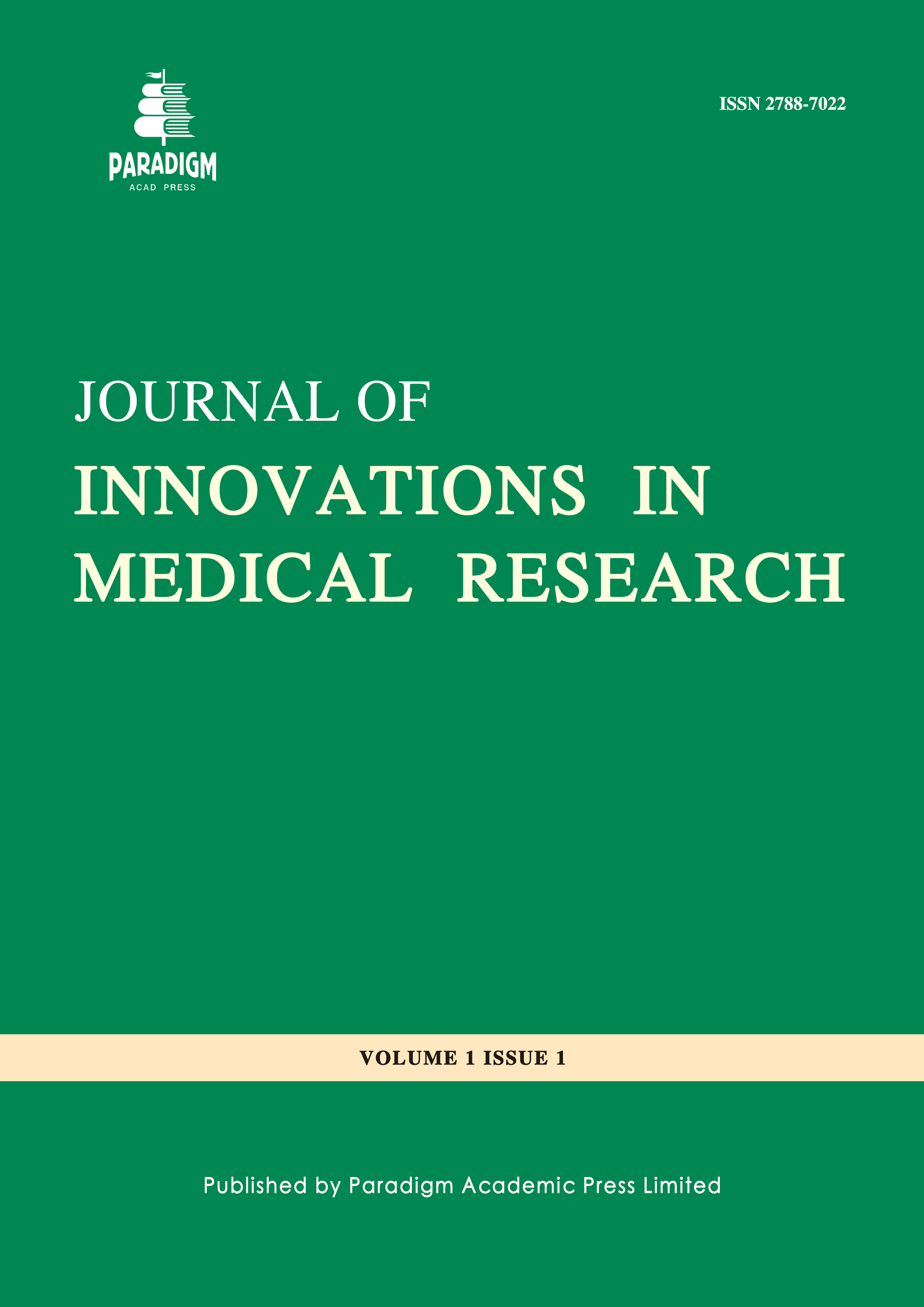Alcoholic Liver Disease: Diagnosis and Treatment Strategies
Keywords:
alcohol, hepatitis, cirrhosis, obesity, therapy, liver transplantationAbstract
Alcoholic liver disease (ALD) occurs from initial alcoholic fatty liver (steatosis) to more advanced type inflammation, such as alcoholic hepatitis, and liver cirrhosis for chronic excessive continual alcohol consumption. It is considered as the continuous damage to the liver and its functions. Steatosis is the primary stage of the accumulation of macrovesicular fat in the cytosol of hepatocytes. Alcoholic hepatitis (AH) is the second stage of ALD that is a more severe, and inflammatory type of liver injury. Alcoholic cirrhosis is the final stage of ALD that is characterized by excessive liver scarring and liver failure. After years of regularly excessive alcohol consumption is one of the leading causes of ALD worldwide and the most prevalence of it is seen in high-income countries, especially in the western world, such as in Europe and North America. Women are more vulnerable to ALD pathogenesis than men, and after a shorter period of habitual drinking at a lower amount of alcohol they have a high probability of developing ALD. Lifelong stopping of drinking alcohol is an active therapy of ALD. Liver transplantation is the life-saving strategy for cirrhosis patients. This review paper tries to discuss the aspects of ALD, and its diagnosis and management strategy.



